Growing Applications in Oncology
The near infrared-imaging market is witnessing an expansion in its applications within oncology, particularly in Japan. The ability of near infrared imaging to provide real-time visualization of tumors and surrounding tissues is becoming increasingly valuable in surgical procedures. This technology allows for enhanced precision in tumor resection, which is crucial for improving patient outcomes. Recent studies indicate that the use of near infrared imaging in cancer surgeries can lead to a reduction in recurrence rates by up to 30%. As the prevalence of cancer continues to rise, the demand for effective imaging solutions in oncology is likely to drive the near infrared-imaging market forward, making it a critical area of focus for healthcare providers.
Advancements in Imaging Technology
Technological advancements are playing a pivotal role in shaping the near infrared-imaging market in Japan. Innovations such as improved sensor technologies and enhanced image processing algorithms are enabling higher resolution and more accurate imaging. These advancements not only improve diagnostic capabilities but also expand the range of applications for near infrared imaging, including its use in dermatology and wound assessment. The market is expected to see a surge in demand as these technologies become more accessible and affordable. Furthermore, the integration of artificial intelligence in imaging analysis is likely to enhance the efficiency and effectiveness of near infrared imaging, potentially revolutionizing its application in various medical fields.
Government Initiatives and Funding
In Japan, government initiatives aimed at promoting advanced medical technologies are significantly impacting the near infrared-imaging market. The Japanese government has allocated substantial funding to support research and development in imaging technologies, which is expected to enhance the capabilities and applications of near infrared imaging. This financial backing is likely to facilitate collaborations between academic institutions and industry players, fostering innovation. Additionally, public health policies that encourage the adoption of cutting-edge diagnostic tools are expected to further stimulate market growth. As a result, the near infrared-imaging market is poised to benefit from these supportive measures, potentially leading to a more competitive landscape.
Rising Demand for Non-Invasive Techniques
The near infrared-imaging market in Japan is experiencing a notable increase in demand for non-invasive diagnostic techniques. This trend is largely driven by the growing awareness among healthcare professionals and patients regarding the benefits of non-invasive procedures. As a result, hospitals and clinics are increasingly adopting near infrared imaging technologies to enhance patient comfort and reduce recovery times. The market is projected to grow at a CAGR of approximately 8% over the next five years, indicating a robust shift towards these advanced imaging modalities. Furthermore, the integration of these technologies into routine medical practices is likely to bolster the near infrared-imaging market, as they provide critical insights without the need for invasive procedures.
Increased Focus on Research and Development
The near infrared-imaging market in Japan is benefiting from a heightened focus on research and development activities. Academic institutions and private companies are increasingly investing in R&D to explore new applications and improve existing technologies. This trend is driven by the recognition of near infrared imaging's potential in various fields, including agriculture, environmental monitoring, and medical diagnostics. The collaboration between research entities and industry stakeholders is expected to yield innovative solutions that address current limitations in imaging technologies. As a result, the near infrared-imaging market is likely to experience accelerated growth, with new products and applications emerging in the coming years.


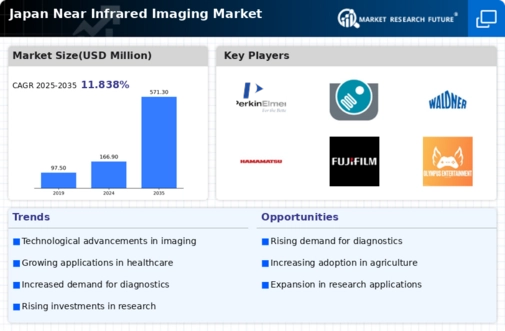

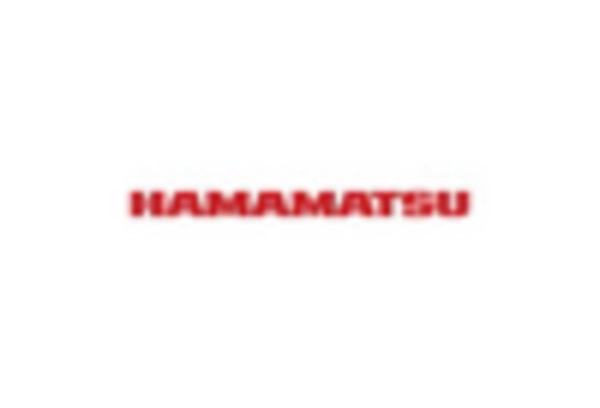
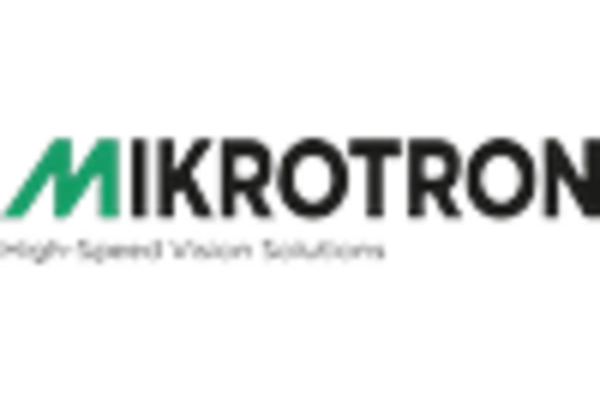
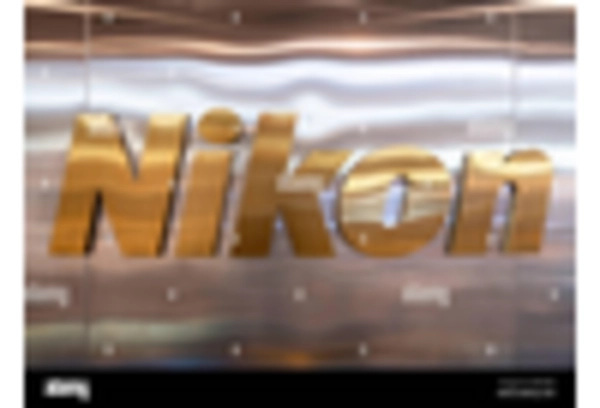
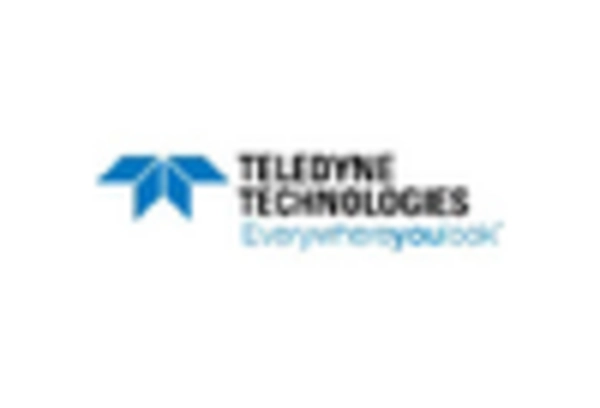
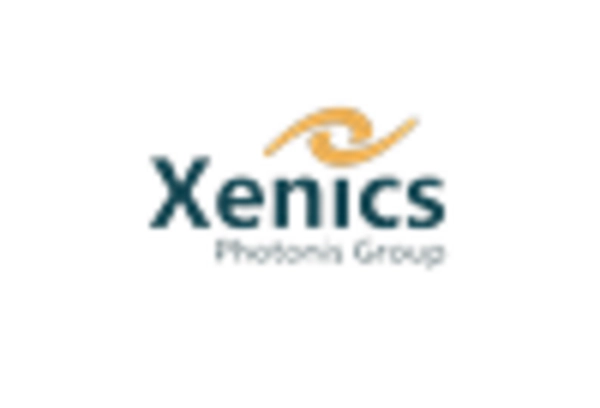








Leave a Comment